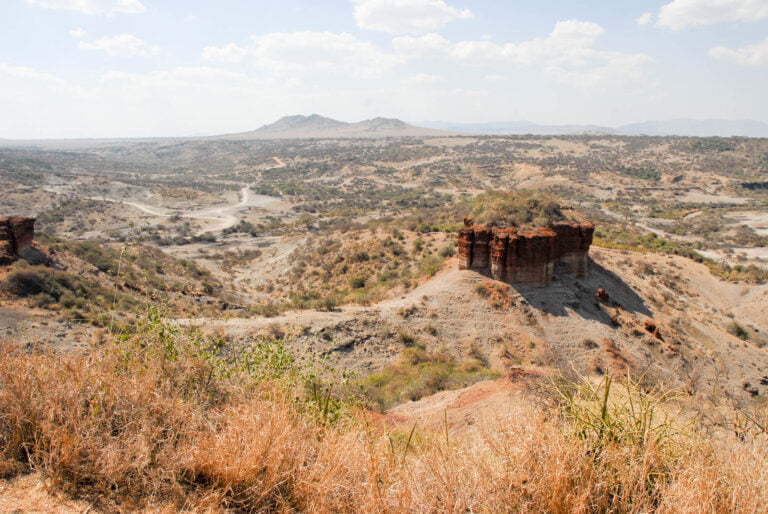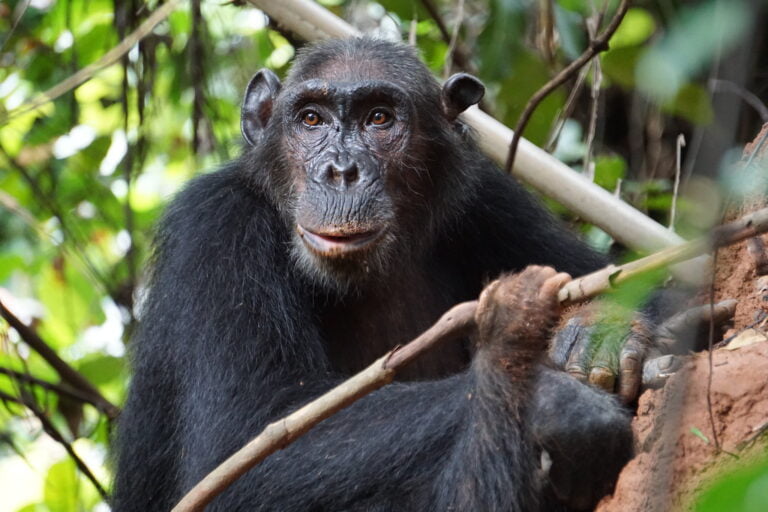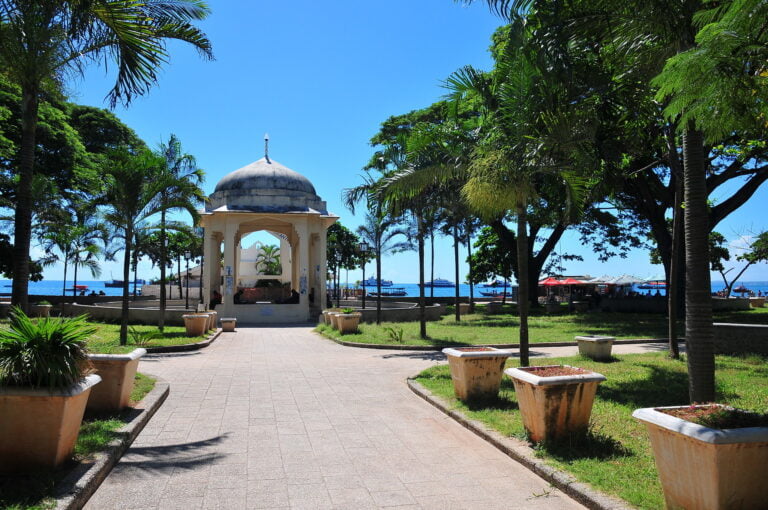Kenya’s Highest Mountain and UNESCO World Heritage Site
Located in central Kenya, Mount Kenya reigns as the country’s highest peak and proudly holds the status of a UNESCO World Heritage site. This magnificent mountain, surrounded by breathtaking landscapes and rich biodiversity, offers an unforgettable experience for nature lovers, hikers, and adventure enthusiasts.
Geographically, Mount Kenya is situated within Mount Kenya National Park, which lies approximately 150 kilometers north-northeast of Nairobi. Adjacent to the equator, this iconic mountain straddles the equatorial line, making it a unique destination to explore.
The topography of Mount Kenya is nothing short of awe-inspiring. With its snow-capped peaks, deep valleys, and rugged moorlands, the mountain presents a diverse range of ecosystems. It features an impressive series of ridges and peaks, including Batian, Nelion, and Point Lenana, each offering breathtaking panoramic views for those who venture to its summit.
Mount Kenya carries immense historical significance rooted in the beliefs and cultural practices of local communities. The mountain is considered a sacred site by the Kikuyu people, who believe in its association with their deity, Ngai. Throughout history, the mountain has played a role in local folklore and traditional ceremonies, adding a layer of mystique to its already captivating allure.
The main attraction on Mount Kenya is undoubtedly the opportunity to climb its majestic peaks. Hiking Mount Kenya is a challenging endeavor that rewards climbers with awe-inspiring vistas and a sense of accomplishment. This UNESCO World Heritage site offers several routes, varying in difficulty and duration, catering to both experienced mountaineers and enthusiastic beginners. The Sirimon Route and the Chogoria Route are among the most popular paths to conquer the summit.
Beyond the thrill of reaching the summit, Mount Kenya provides a haven for wildlife enthusiasts and nature photographers. The diverse ecosystems present the chance to spot a wide array of wildlife, including elephants, buffalos, antelopes, and numerous bird species. Capture iconic moments amidst the enchanting backdrop of forests, alpine meadows, and moorlands.
Exploring Mount Kenya goes beyond the traditional climbing experience. Adventure seekers can partake in exhilarating activities such as rock climbing, mountain biking, or engaging in a thrilling zip line experience. For a more tranquil experience, take leisurely walks along scenic nature trails, where the melodies of birdsong serenade your journey.
The best time to visit Mount Kenya depends on your preferences and the experience you seek. The dry seasons, from January to March and July to October, offer clearer skies and better chances for hiking. However, the mountain can be admired all year round, provided you come prepared for the changing weather conditions.
To reach Mount Kenya, most visitors fly into Nairobi’s Jomo Kenyatta International Airport, which serves as the main gateway to the country. From there, you can arrange transportation to the town of Nanyuki, which acts as a base for trips to the mountain. Road transfers or domestic flights to Nanyuki are readily available, providing convenient access to Mount Kenya National Park.




